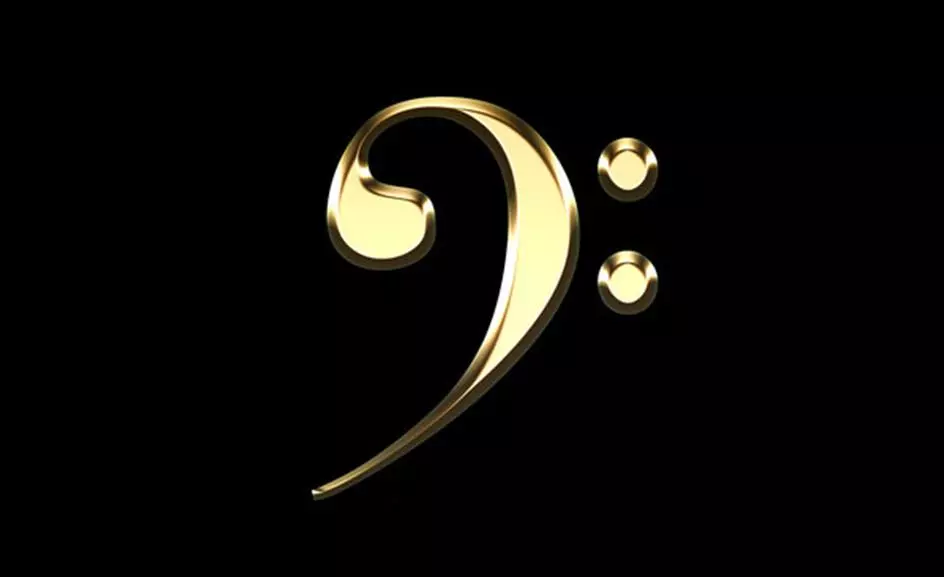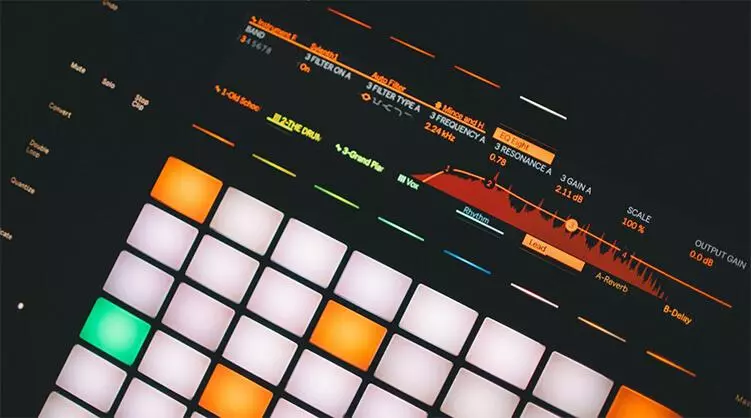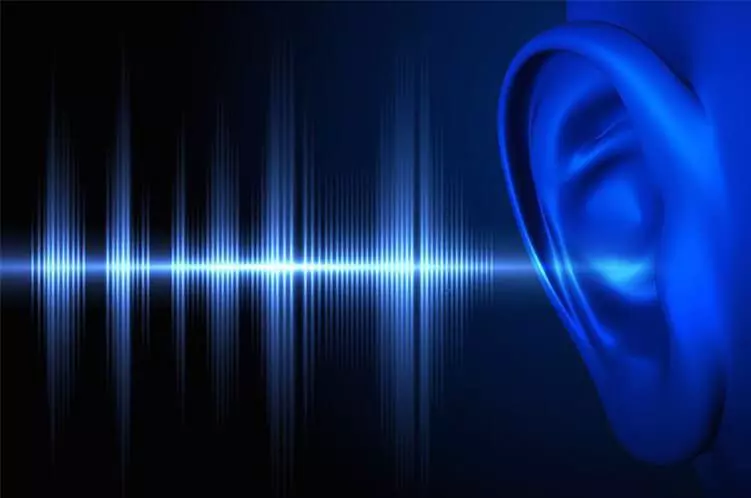Bass clef notes

In the low register of sound, the bass clef is used to record musical notes. The bass clef is used for notes that are below the first octave, such as small octave, large octave, counteroctave, and subcontroctave.
Piano works usually consist of two lines. The top line is for the right hand and is written in the treble clef, while the bottom line is for the left hand and is written in the bass clef.
Imagine a situation where a child has already memorized the symbols and notes of the first octave a little, and suddenly faces a new challenge – a bass clef, where everything looks different.
The Secret of the Bass Clef
In fact, not everything changes in the bass clef, but remains the same as in the treble clef.
REMEMBER: Each key opens something. In music, clefs such as treble, bass, alto, tenor, and others determine the note from which the stave starts. For example, the treble clef indicates G in the first octave, while the bass clef indicates F in the minor octave. This is where the term “Solfeggio” comes from.
Please note that the bass clef is very similar to an inverted treble clef (or rather, part of it).

In addition, the note up to the first octave has a common position for both keys! In the treble clef it is located on the additional line below, and in the bass clef it is located on the additional line above.

The first octave, starting from C, plays an important role in memorizing notes in the bass clef. This is the main “secret” reference point in the bass clef.
The second secret of the bass clef
So, the bass clef is also known as the F clef. Why? Because it denotes the note F in a small octave. Do you notice the beginning of the bass clef? This is a highlighted point on the fourth line, which corresponds to the note F. And there are two more points around the fourth line that attract attention.
The treble clef (G-clef) and the bass clef (F-clef) seem to reflect each other in the mirror (well, almost). In the treble clef, the note G is on the second line. And in the bass clef, the note F is on the second line… from the top.

The second reference point for memorizing notes in the bass clef is the note F of the small octave.
Now let’s look at octaves in the treble and bass clefs. In the treble clef, the note up to the second octave is between the third and fourth rulers. In the bass clef, a note up to a small octave is also located between the third and fourth rulers … if you count from above.

The third position of the note up to the small octave is another hint for memorizing notes in the bass clef.
Symmetry of treble and bass clef
So, the symmetry of the treble and bass clefs indicates that memorizing notes in the bass clef can be simplified by starting at the top and moving down.

To quickly memorize notes in the bass clef, it is recommended to start from a note up to the first octave. It is common to treble and bass clefs. In the treble clef it is written on the first additional line from the bottom, and in the bass clef it is written on the first additional line from above. It’s the same note! It combines both staves into one system.

Or the same system in a mirror-symmetric form:

Do not forget that regular practice will speed up the memorization of notes.










